What is Active Telemetry
What Is Active Telemetry?
Active Telemetry is the evolution in how organizations collect, process, and use observability data.
In traditional observability, telemetry is passive: systems emit logs, metrics, and traces that are stored and visualized after the fact. This model worked when systems were simpler and changes were predictable.
But in today’s world with distributed microservices, Kubernetes, and AI workloads, passive telemetry can’t keep up.
Active Telemetry changes that. It turns raw data into a living, context-aware signal that interacts with your systems in real time. It’s not just about collecting data; it’s about enabling action.
From Passive to Active: A Shift in How We Think About Observability
In a passive system, data is collected and analyzed after something goes wrong. The result: delayed insight, reactive operations, and escalating costs.
Active Telemetry flips the model. It’s a proactive, intelligent, and context-driven. Telemetry is enriched, correlated, and optimized as it flows, ensuring every piece of data carries meaning before it ever reaches your observability tools.
The Pillars of Active Telemetry
Active Context
Enable operational AI in minutes with context-engineered data sets. Give your agents simple prompts fueled by context, reduce the window of failure to almost none. Active Context ensures that AI and humans operate with clarity, precision, and confidence, even in the most complex environments.
Active Analysis
Process telemetry in-stream to accelerate Root Cause Analysis (RCA) with an agentic SRE. Extract key information and spot anomalies with full context—before data is ever stored. Think of it as “streaming understanding,” not just streaming data.
Active Engagement
Give developers the flexible use of AI to access and act on any high-context telemetry directly in their workflows. This creates a superior experience—without putting budget, performance, or control at risk.
Active Routing
Direct data with intent, reshape and normalize it for both human and AI consumption, including seamless migration to OpenTelemetry. Separate signal from noise based on value, trigger automated actions, and dodge spikes or flag faults in real time.
Why Active Telemetry Matters for AI and Observability
AI and automation need accurate, timely, and context-rich data to drive decisions. Unstructured or redundant logs just don't cut it.
AI agents can’t reason over unstructured or redundant logs. They need curated, enriched signals that provide clarity. Active Telemetry provides that foundation.
With Active Telemetry, teams can:
- Accelerate mean time to resolution (MTTR) by detecting and responding to incidents faster
- Enable agentic operations that automatically detect and respond to anomalies
- Reduce observability costs by filtering noise before ingestion
- Improve AI accuracy by feeding it structured, context-aware data
It’s observability built for autonomy, where data fuels decisions, not dashboards.
Active Telemetry in Action: Mezmo’s Approach
At Mezmo, we’re defining Active Telemetry in practice. Our platform transforms telemetry pipelines into living, AI-ready systems capable of enriching, filtering, and routing data dynamically.
By making data more context-aware, Mezmo helps organizations move beyond reactive monitoring toward proactive, intelligent operations.
This is how we’re powering the world’s fastest AI SRE experience and helping teams trust their data again.
The Future of Observability Is Active
Active Telemetry is more than a feature, it’s a mindset shift. It’s how organizations evolve from collecting data to understanding and acting on it in real time.
As systems become more complex and autonomous, this shift isn’t optional, it’s essential.
With Mezmo, your telemetry doesn’t just tell you what happened. It helps you decide what to do next.
Schedule a demo to learn more.
.jpg)

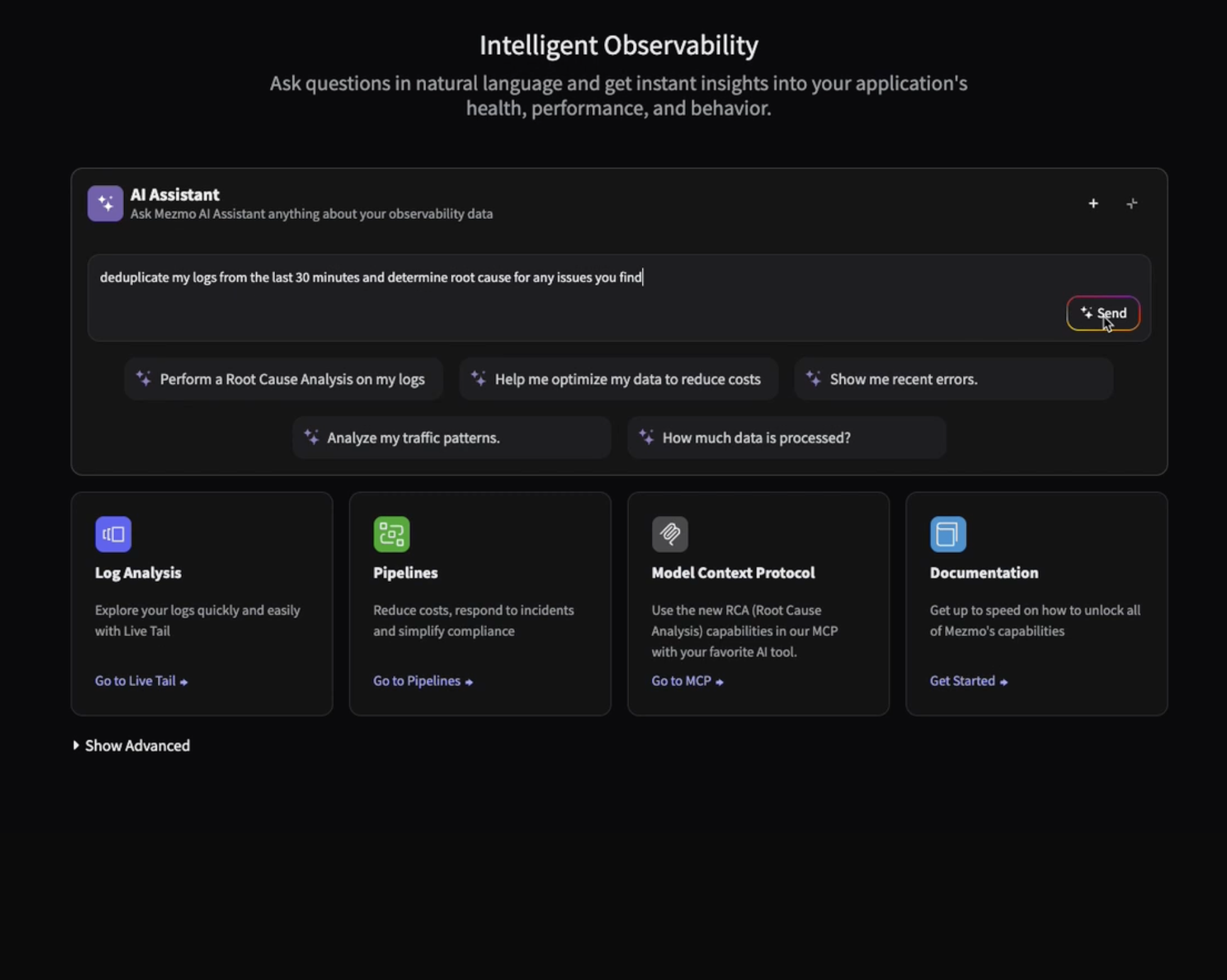
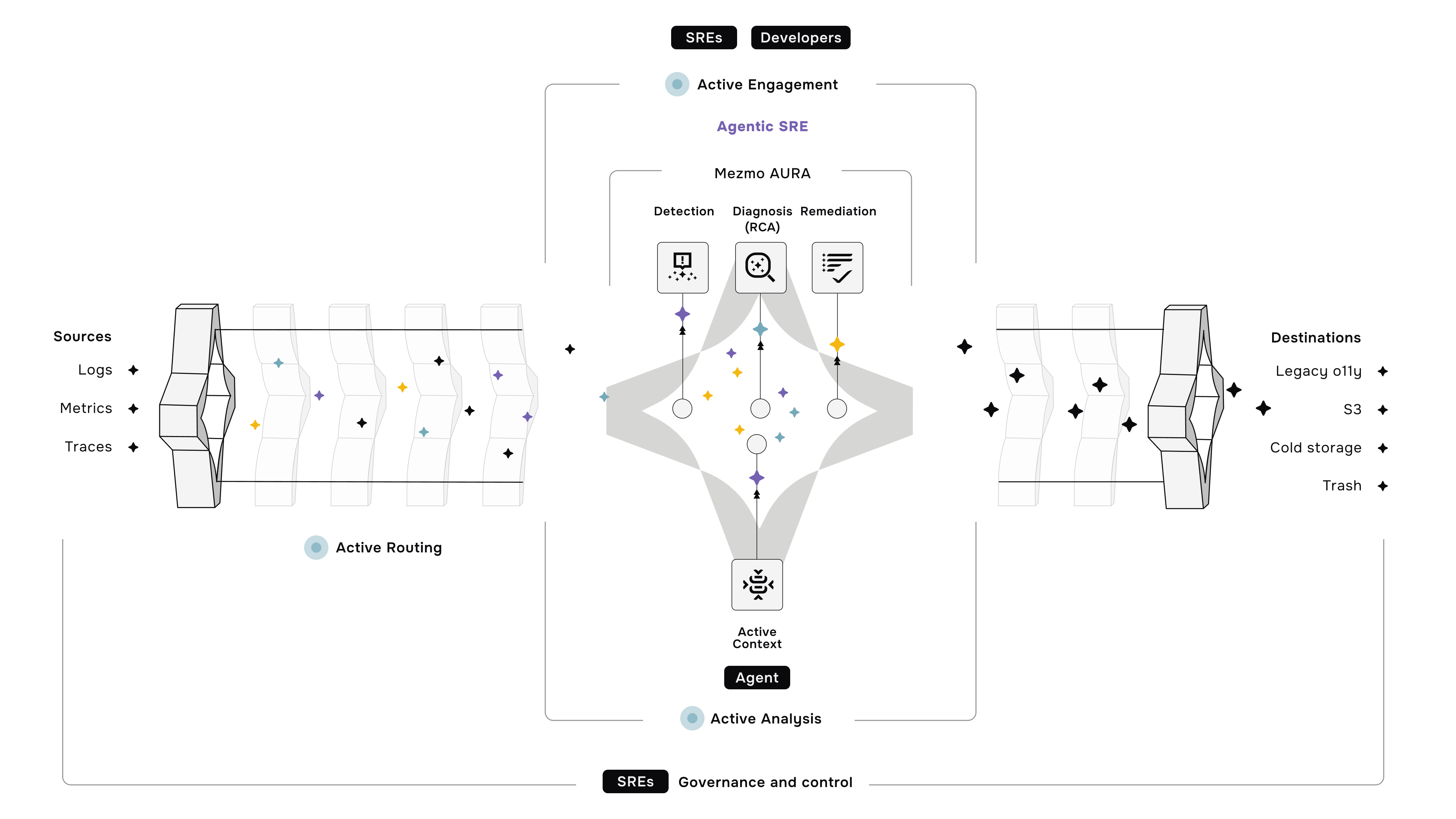






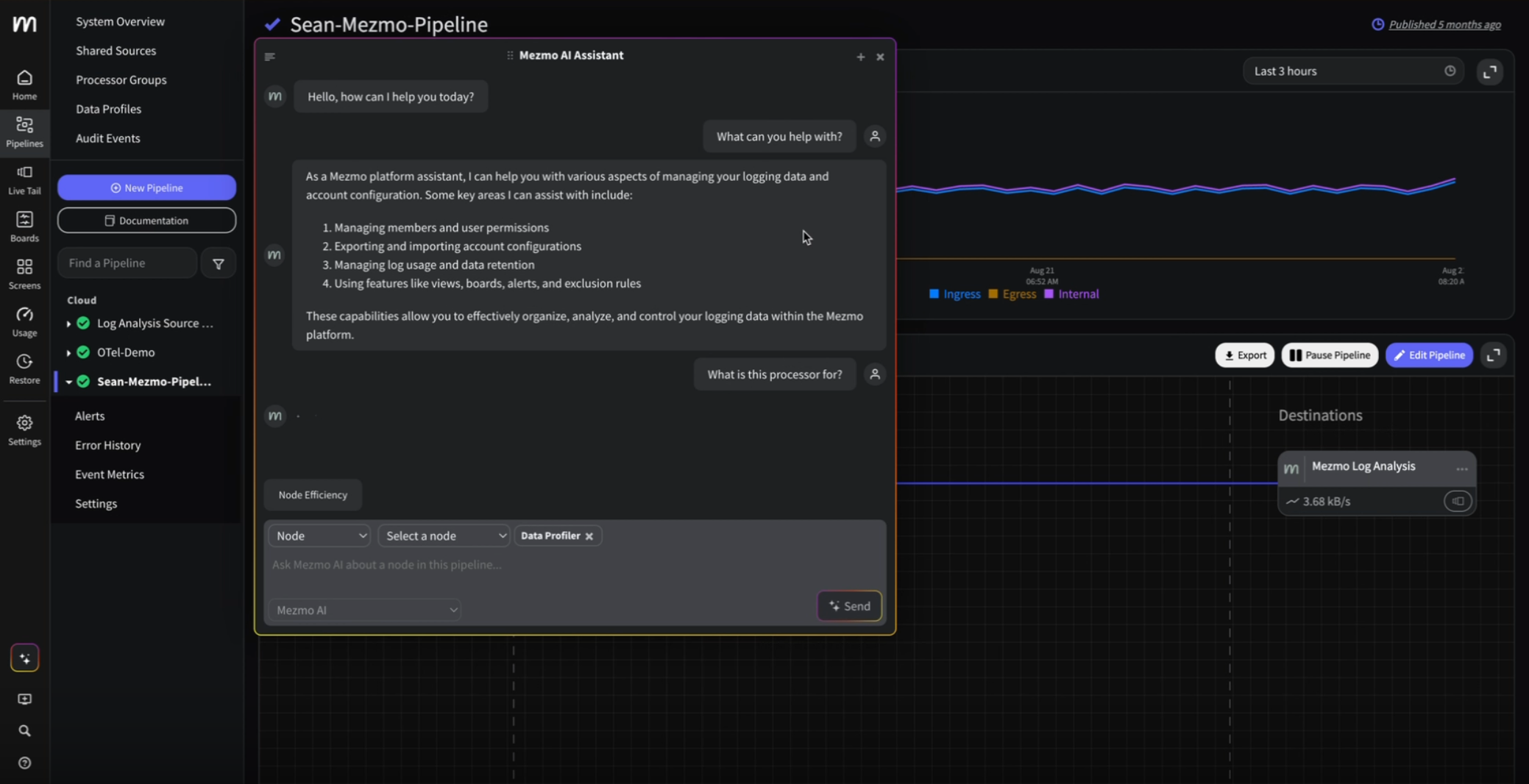
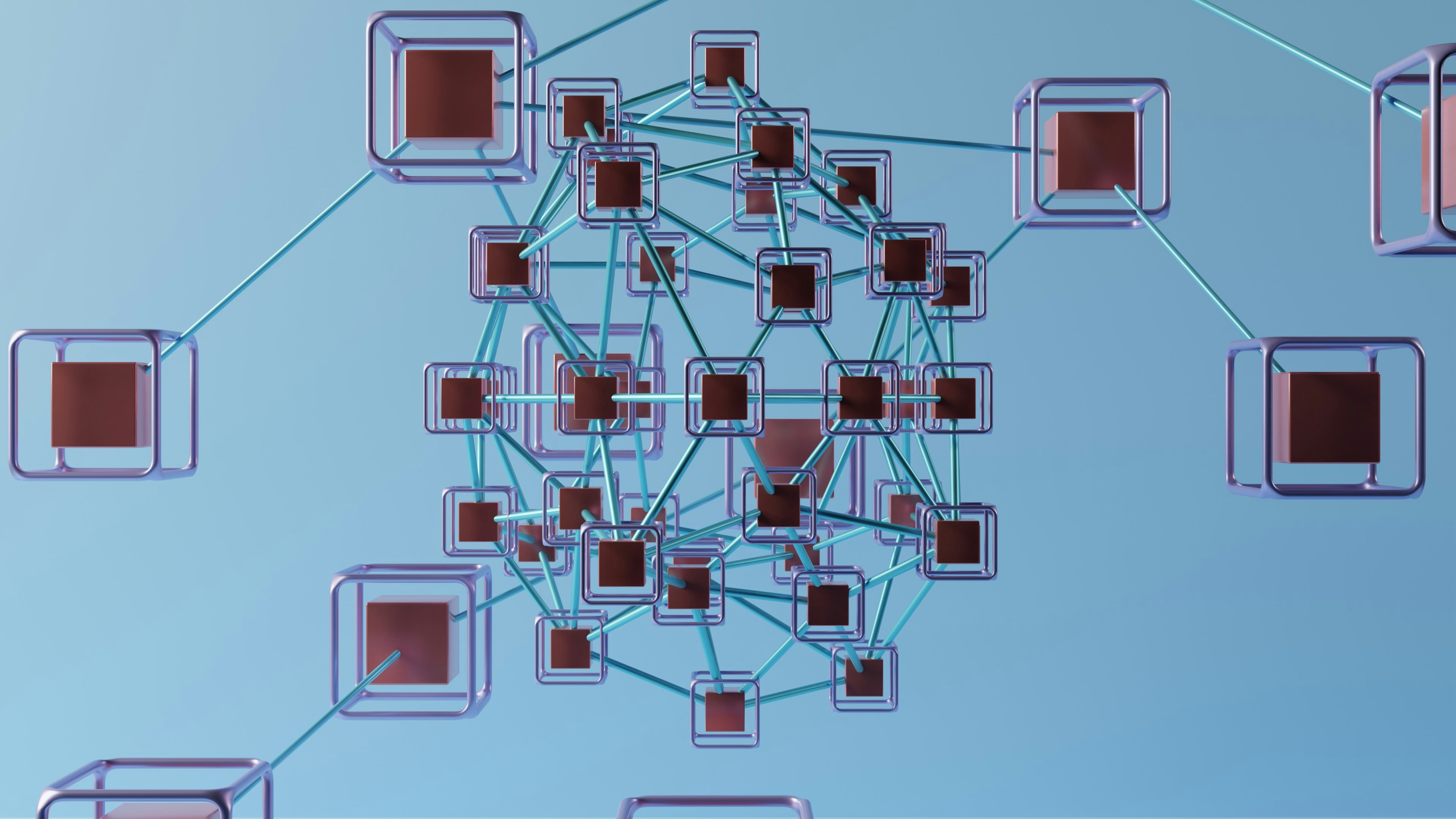

.png)




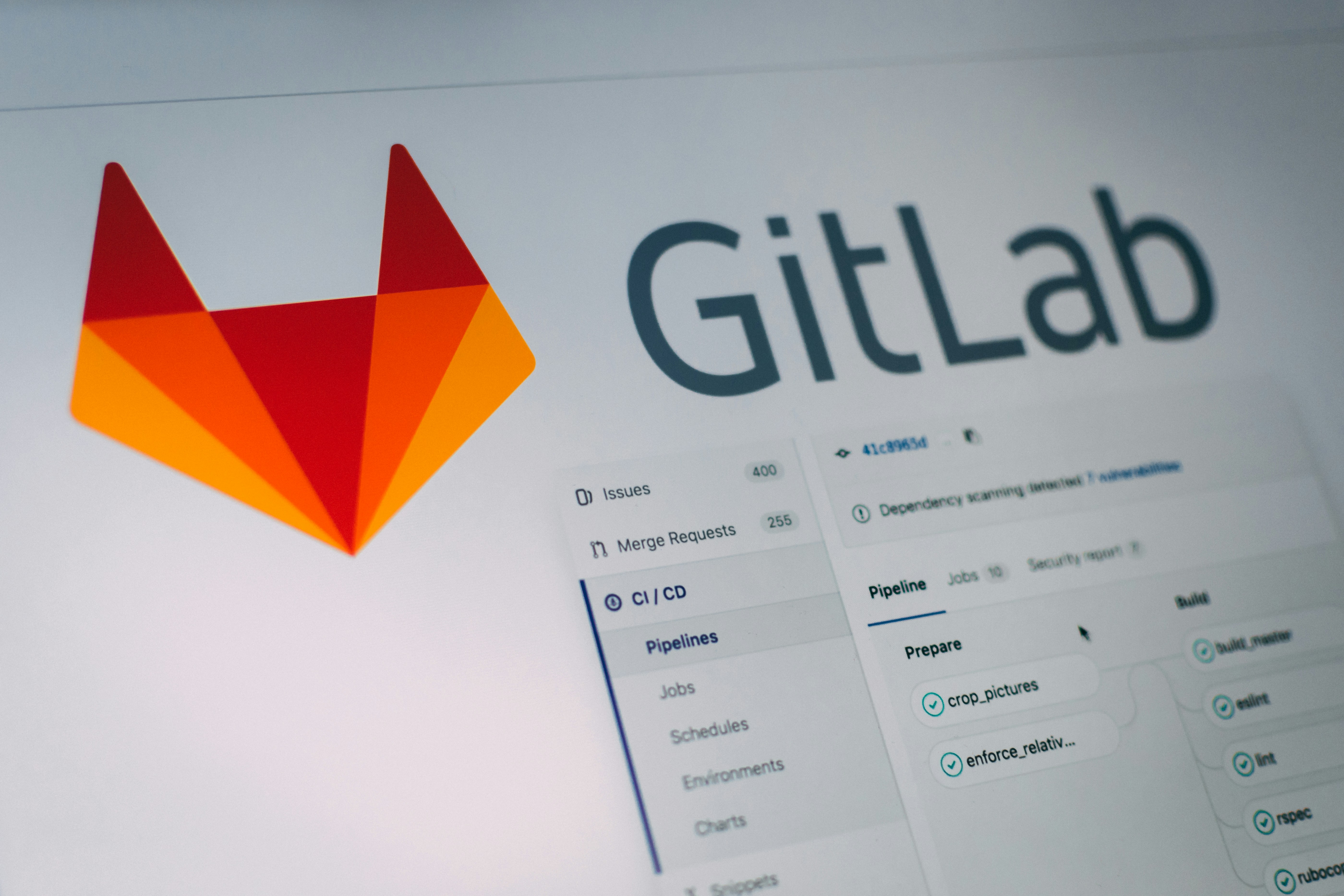
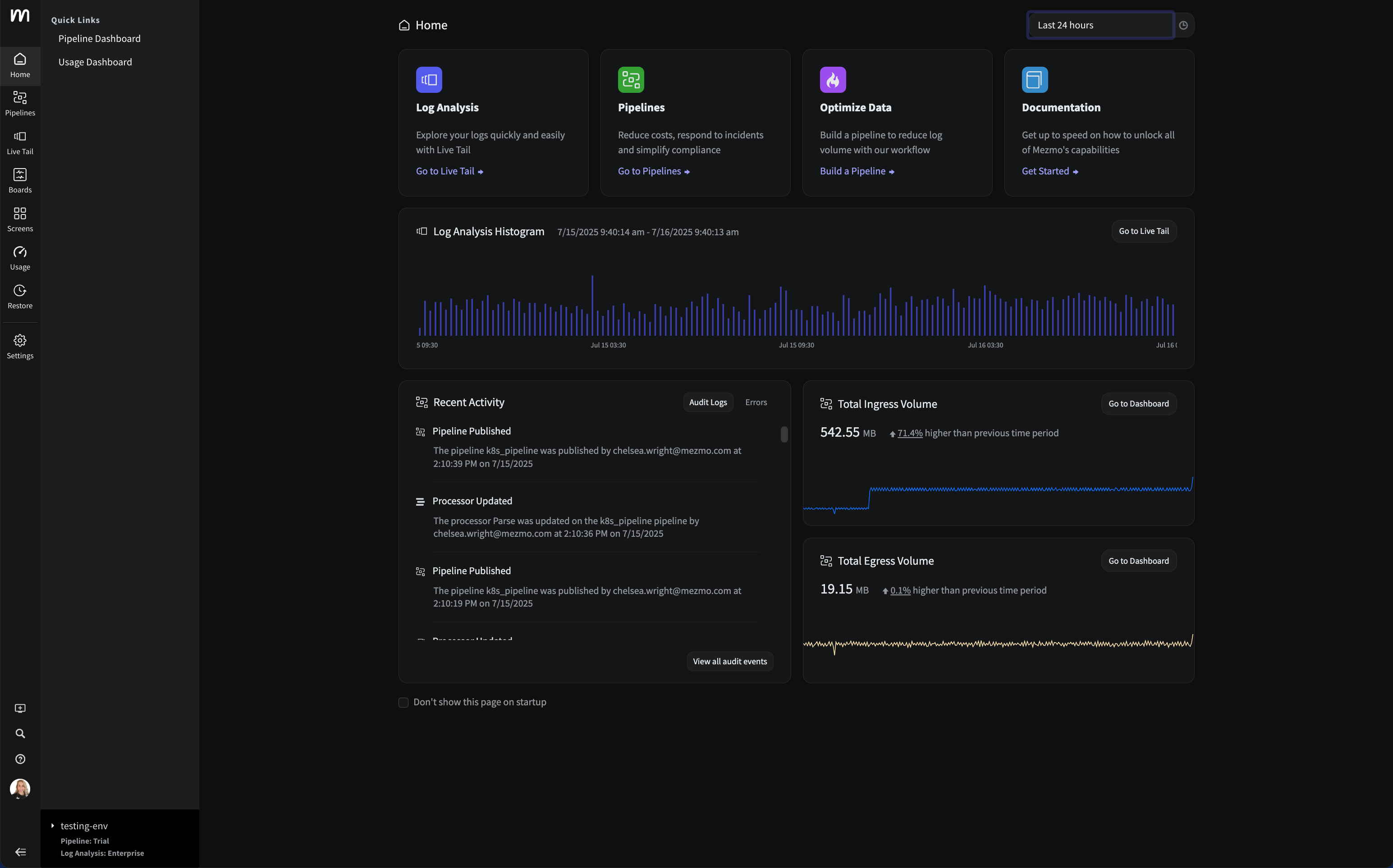


















.png)


































































